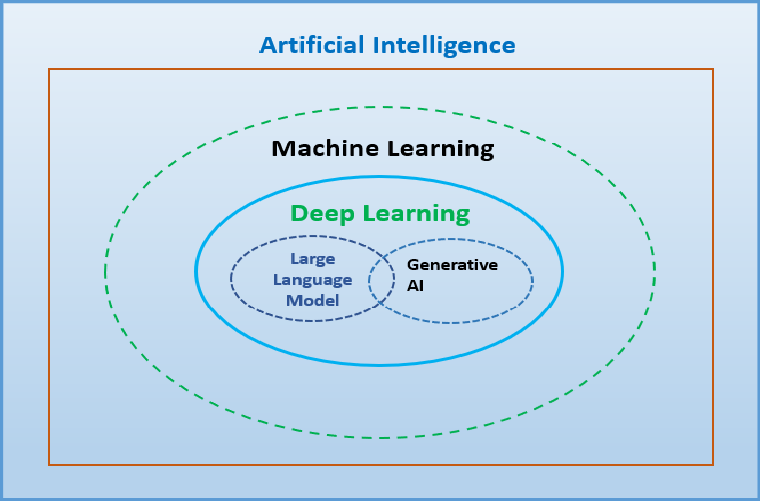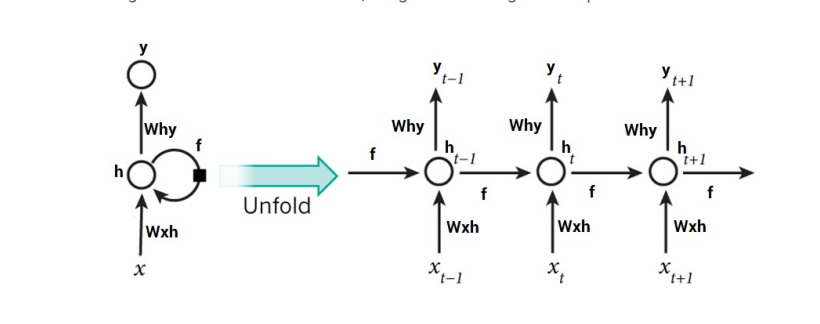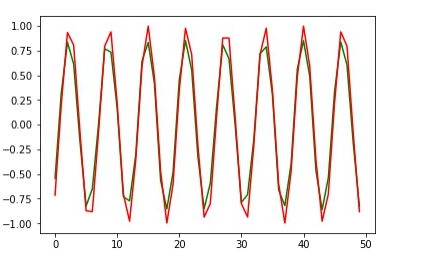
Neural networks perform the fundamental structure of AI an machine learning. They are the foundation of deep learning algorithms.
Artificial neural networks act as simulation of a functional human brain to perform advanced computational functions.

As shown in the previous figure, Neural networks supply basically the foundational architecture for AI and its subfields such as Machine learning and Deep learning.
So, for some one who wants to master the field of AI it is important to create a Neural Network from scratch.
There are several types of Neural Networks including:
- Recurrent Neural Networks
- Convolutional Neural Networks
- Radius basis function network
- Long short-term memory networks
- generative adversarial networks
But let’s start with a simple RNN(Recurrent Neural Network).
Following is a simple RNN.

input x will be feed in to the RNN and it will generate the output Y.
to generate the output, we need the activation function.
following is how the function works in a RNN.

As we can see in the previous figure, it Is easy to understand how the RNN generate prediction by input data. This process helps to automate tasks and make an output from the Neural Network. In this figure we can see that every prediction in the process is dependent on all previous predictions and the information learned from the them.
My first RNN built is for sine wave prediction. We can predict the sequence of a sine wave by creating a RNN. we will include first 50 numbers of a sine wave as the input data set an predict the 51st number. I did create the proposed RNN by using Python programming language.
You can find the full code for the RNN in my GitHub repository. I have described the process step by step with additional notes.
final visual representation of the out put by my RNN looked like following figure.

End Notes:
This small project can prove that RNN perform way better when it comes to predicting sequences.
In this article we got a basic view of a neural network and how they perform. We can modify this simple RNN model for more complex tasks.
In next article on neural networks, we will discuss about basic structure of an artificial Neural Network.
